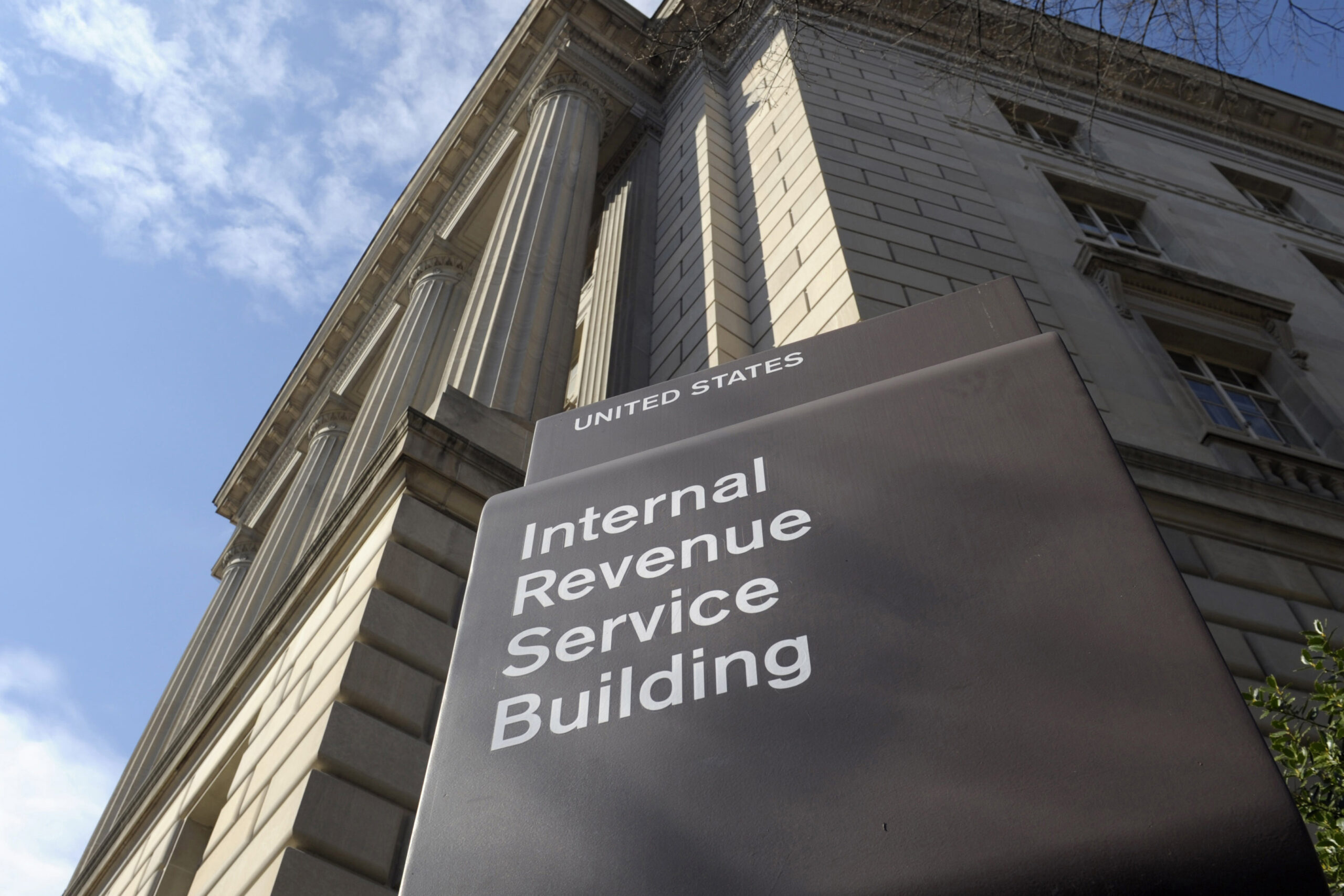CGL Insurance Case Analysis
By: dmc-admin//January 14, 2004//
Justice Roggensack’s dissent characterizes the majority opinion as transforming a standard CGL policy into a “performance bond,” an accurate assessment that need not be iterated.
The decision can also be understood (especially by attorneys) as transforming the standard CGL policy into an Errors and Omissions (or Professional Liability) policy.
While the dissent concludes that there has been no “occurrence” within the meaning of the policy, there is an occurrence that could trigger coverage under some policy, albeit not the ones at issue here. However, that occurrence would be the professional malpractice of Lawson, the soils engineer, not the sinking of the building.
For the majority to conclude that the sinking soil is an occurrence, when the sole job of the soils engineer was to provide advice to remedy that problem, is analogous to concluding that, when an attorney commits negligence in the representation of a client, the “occurrence” is not the malpractice, but the client’s underlying legal problem.
Another way to understand why coverage should not have been found in this case is to ask why the CGL policy did not contain a “professional liability” exclusion, while the excess coverage policies did.
The question answers itself — no reasonable party to a CGL policy would contemplate that coverage could exist for what happened in this case.
The building in this case had to be torn down because it was no longer safe for occupancy. Suppose, however, that a hypothetical proposed in Roggensack’s dissent came to pass before the building was torn down.
| |
||
|
Links Related Article |
||
| |
||
Roggensack wrote, “if a contractor builds a building and a wall spontaneously collapses on a passer-by because of poor workmanship in constructing the wall, there would be an occurrence in regard to the unforeseen falling of the wall, and the damage to the injured person would be covered. However, the repair of the defective wall would be excluded from coverage under the business risk exclusion.”
It would be unconscionable in such a case to deny coverage for the passer-by’s injuries based on a “professional liability” exclusion in a CGL policy, for that is exactly the sort of “occurrence” and “bodily injury” for which an insured buys CGL coverage. Thus, CGL policies contain no such exclusion.
One reason why the excess coverage policies, on the other hand, contained such an exclusion, is that there is no professional liability coverage in the underlying CGL policies.
If an insured wants excess coverage for professional liability, he is expected to first purchase primary coverage for professional liability coverage.
If an excess policy excludes a specific type of insurance, the usual reason for the exclusion is that there is no primary policy providing such coverage — which is what the court should have held in this case.
– David Ziemer
Click here for Main Story.
David Ziemer can be reached by email.
Legal News
- Waukesha man sentenced to 30 years for Sex Trafficking
- 12-year-old shot in Milwaukee Wednesday with ‘serious injuries’
- Milwaukee man convicted of laundering proceeds of business email compromise fraud schemes
- Giuliani, Meadows among 18 indicted in Arizona fake electors case
- Some State Bar diversity participants walk away from program
- Wisconsin court issues arrest warrant ‘in error’ for Minocqua Brewing owner
- Iranian nationals charged cyber campaign targeting U.S. Companies
- Facing mostly white juries, are Milwaukee County defendants of color truly judged by their peers?
- Milwaukee Mayor speaks in D.C. Tuesday at White House water summit
- Chicago man sentenced to prison after being caught with ‘Trump Gun’
- FTC bans non-competes
- Gov. Evers seeks applicants for Dane County Circuit Court
WLJ People
- Power 30 Personal Injury Attorneys – Russell Nicolet
- Power 30 Personal Injury Attorneys – Benjamin Nicolet
- Power 30 Personal Injury Attorneys – Dustin T. Woehl
- Power 30 Personal Injury Attorneys – Katherine Metzger
- Power 30 Personal Injury Attorneys – Joseph Ryan
- Power 30 Personal Injury Attorneys – James M. Ryan
- Power 30 Personal Injury Attorneys – Dana Wachs
- Power 30 Personal Injury Attorneys – Mark L. Thomsen
- Power 30 Personal Injury Attorneys – Matthew Lein
- Power 30 Personal Injury Attorneys – Jeffrey A. Pitman
- Power 30 Personal Injury Attorneys – William Pemberton
- Power 30 Personal Injury Attorneys – Howard S. Sicula











